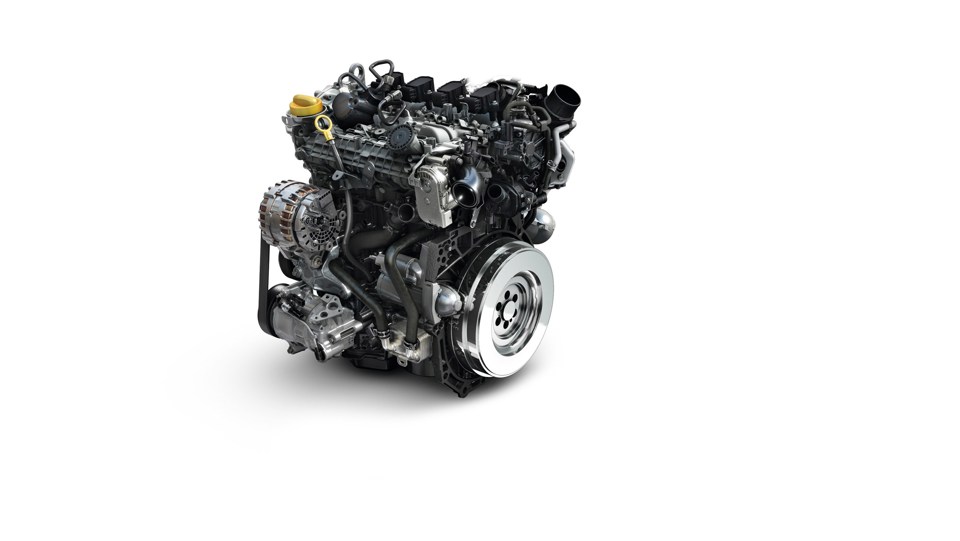Renault has revealed a new direct injection turbocharged petrol engine which will be used first on the Scénic and Grand Scénic line-up.
The engine, which has CO2 emissions from 122g/km, was co-developed by the Renault-Nissan-Mitsubishi Alliance and Daimler, and will be progressively offered in the Renault range from 2018.
Philippe Brunet, alliance global VP – powertrain and electric vehicles, said: “Our new petrol engine embodies all the expertise of Groupe Renault’s engineers, the alliance and our partner Daimler.
“It meets the quality standards of both the alliance and Daimler, with more than 40,000 hours of testing.”
Compared with the Energy TCe 130, the new Energy TCe 140 delivers 35Nm additional peak torque which is available across a broader rev band, from 1,500rpm to 3,500rpm.
The Energy TCe 160 engine offers a maximum torque of 260 Nm in manual gearbox and 270 Nm in EDC gearbox when reaching maximum power. This maximum torque is reached from 1,750 rpm and up to 3700 rpm. The Energy TCe 140 engine has CO2 output of 122g/km (125g/km for Grand Scénic) and achieves 52.2mpg (NEDC) (50.4mpg for Grand Scénic).
Meanwhile, the Energy TCe 115 – available in manual transmission only – has 220Nm of torque at 1,500 rpm. It outputs 122g/km of CO2 (125g/km for Grand Scénic) and achieves 52.2mpg (NEDC) (50.4mpg for Grand Scénic). These figures result in a reduction in CO2 by 7 grams on Scénic and 11 grams on Grand Scénic compared to the previous petrol units.
This new petrol engine block, coupled with manual and EDC dual-clutch automatic transmissions, is available in a variety of power ratings from 115hp to 160hp.
It incorporates several recent Alliance-developed innovations, including Bore Spray Coating, a cylinder coating technology from the Nissan GT-R engine, which improves efficiency by reducing friction and optimising heat transfer.
Other technologies enhance driving enjoyment and reduce fuel consumption and CO2 emissions: the pressure of the direct fuel injection has been raised by 250 bar and a specific combustion chamber design optimises the fuel/air mix.
In addition, ‘Dual Variable Timing Camshaft’ technology controls the intake and exhaust valves according to engine loads.
The result is more torque at low revs and more torque available linearly at high revs, for a significant benefit in driving comfort with better mid-range response.
The Scénic and Grand Scénic are the first Renault models to benefit from this new petrol engine produced at the Renault factory in Valladolid, Spain. Orders in France and Europe are now open and deliveries to customers are scheduled for mid-January 2018. UK ordering dates are to be confirmed.





















Login to comment
Comments
No comments have been made yet.